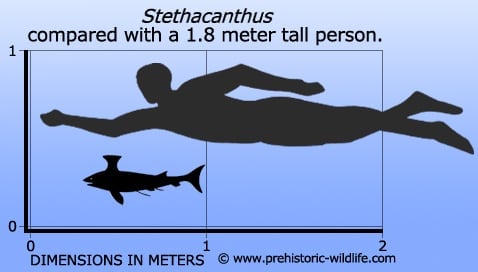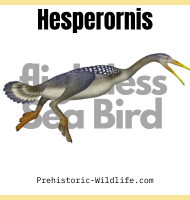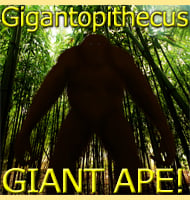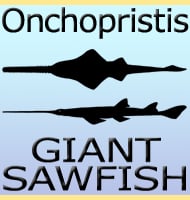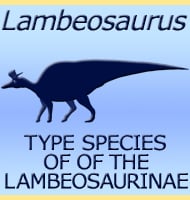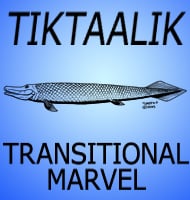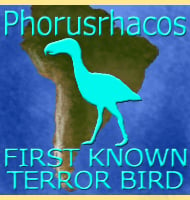In Depth
Further Reading
– Carboniferous fishes from the central western States – Bulletin of the Museum of Comparative Zoology 39:163-226 – C. R. Eastman – 1903. – Two new Stethacanthid sharks (Stethacanthidae, Symmoriida) from the Pennsylvanian of Indiana, USA – Palaeontographica Abteilung A 213:115-141 – R. Zangerl – 1990. – Early Carboniferous Fishes (Acanthodian, Actinopterygians, and Chondrichthyes) from the East Sector of North Qilian Mountain, China – Vertebrata PalAsiatica 42(2):89-110 – N. Wang, J. Fan & W. Wang – 2004.- Symmoriiform sharks from the Pennsylvanian of Nebraska. – Acta Geologica Polonica. 68 (3): 391–401. – Michał Ginter – 2018.
